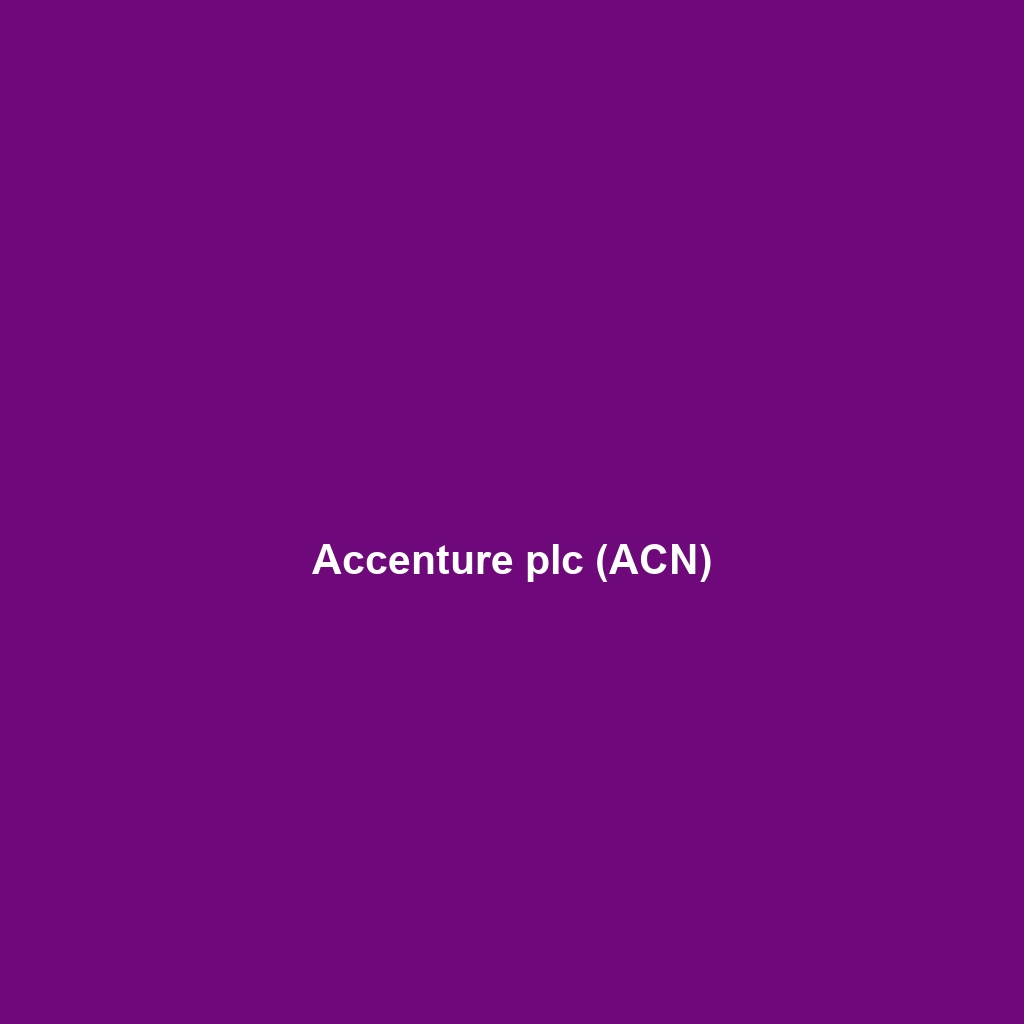Your cart is currently empty!
Tag: security protocols

Acala (ACA)
Acala (ACA): A Comprehensive Overview of the DeFi Powerhouse
Name and Ticker Symbol: Acala is a prominent cryptocurrency within the decentralized finance (DeFi) ecosystem, represented by its ticker symbol ACA.
Founders, Launch Date, and History
Founded by a team of blockchain innovators including Ruitao Su, Acala was officially launched in 2020. Its mainnet went live in March 2022, marking a significant milestone for the project. Since its inception, Acala has focused on providing a comprehensive DeFi platform within the Polkadot ecosystem, garnering attention for its unique features and robust lending protocol.
Blockchain Platform
Acala operates on the Polkadot blockchain, a highly scalable layer-1 solution known for its interoperability features. Polkadot’s architecture enables Acala to interact seamlessly with various blockchains, which is crucial for fostering a multi-chain DeFi ecosystem.
Purpose and Use Case
The primary purpose of Acala is to offer a stablecoin platform and DeFi services that facilitate efficient trading, lending, and borrowing. Acala’s native stablecoin, aUSD, is pegged to the US dollar and acts as a bridge for users seeking to leverage their assets while minimizing volatility. Use cases include smart contracts, decentralized exchanges, and liquidity provision.
Technology and Consensus Mechanism
Acala utilizes Proof of Stake (PoS) as its consensus mechanism, which enhances security and scalability while allowing users to participate in the network by staking their tokens. This mechanism is pivotal for maintaining the network€„¢s integrity and energy efficiency compared to Proof of Work alternatives.
Supply and Tokenomics
Acala has a maximum supply of 1 billion ACA tokens, designed to incentivize participation in the Acala ecosystem. The current circulating supply is approximately 500 million tokens. Staking rewards are distributed to users who contribute to network security, while the project also incorporates mechanisms for token burns to help manage supply and increase scarcity.
Use Cases and Adoption
Acala is rapidly gaining traction with various partners and real-world applications. It supports multiple DeFi services, including lending, borrowing, and trading, making it an attractive platform for users seeking to optimize their cryptocurrency assets. Notable integrations include partnerships with various decentralized applications (dApps) on the Polkadot network.
Market Performance and Metrics
As of recent data, Acala holds a robust market cap ranking among the top-tier DeFi projects. Its historical price trends show significant growth since launch, with periods of volatility typical in the cryptocurrency market. Trading volumes have consistently increased as user adoption continues to rise.
Where to Buy and Trade
Acala tokens (ACA) can be purchased and traded on various centralized exchanges (CEXs) and decentralized exchanges (DEXs), including Binance, Huobi, and Uniswap. This broad availability facilitates easy access for investors looking to engage in crypto trading.
Security and Risks
Acala employs advanced security protocols; however, like all DeFi projects, it faces potential vulnerabilities. The project has not experienced significant breaches as of now, but the evolving regulatory landscape poses ongoing legal risks. Investors should be aware of the inherent risks associated with DeFi, including smart contract vulnerabilities.
Community and Governance
Acala operates with a decentralized governance model, allowing ACA token holders to propose and vote on critical changes to the network. This community-driven approach fosters user engagement and ensures that the platform evolves in alignment with its users’ needs.
Competitors and Differentiation
In a crowded DeFi space, Acala sets itself apart with its unique stablecoin features and seamless integration capabilities within the Polkadot ecosystem. Competing projects, such as MakerDAO and Aave, offer similar services; however, Acala’s multi-chain functionality and focus on interoperability present a significant advantage for users looking for more than just basic DeFi services.
Roadmap and Future Developments
Acala’s roadmap includes plans for enhancing its lending platform, expanding trading functionalities, and fostering partnerships within the Polkadot ecosystem. Upcoming developments will likely involve the launch of additional dApps and integrations aimed at enhancing the user experience.
Wallet Compatibility
ACA tokens are compatible with various digital wallets, including MetaMask, Ledger, and Polkadot.js. This compatibility allows users to safely store their tokens while accessing the DeFi functionalities Acala offers.
Regulatory and Compliance Status
While Acala continues to thrive, it faces a landscape of evolving regulations that could impact its operations. Projects operating within the DeFi space must stay vigilant regarding compliance to mitigate regulatory risks effectively.
Recent News and Updates
Recently, Acala announced several key partnerships aimed at enhancing its ecosystem. Upgrades to its platform have also been implemented, focusing on improving scalability and user interface, further solidifying its position in the DeFi space.
Summary and Call to Action
Acala (ACA) represents a promising investment and utility within the DeFi realm, boasting a robust technological foundation and a clear roadmap for future growth. As the DeFi sector continues to expand, Acala€„¢s unique features position it to capitalize on market opportunities effectively. For anyone interested in cryptocurrency and blockchain technology, Acala is worth following closely.
For additional insights, visit UpCube.net. For more information, check out the UpCube.net. To learn more about Convex Finance, visit the official website.